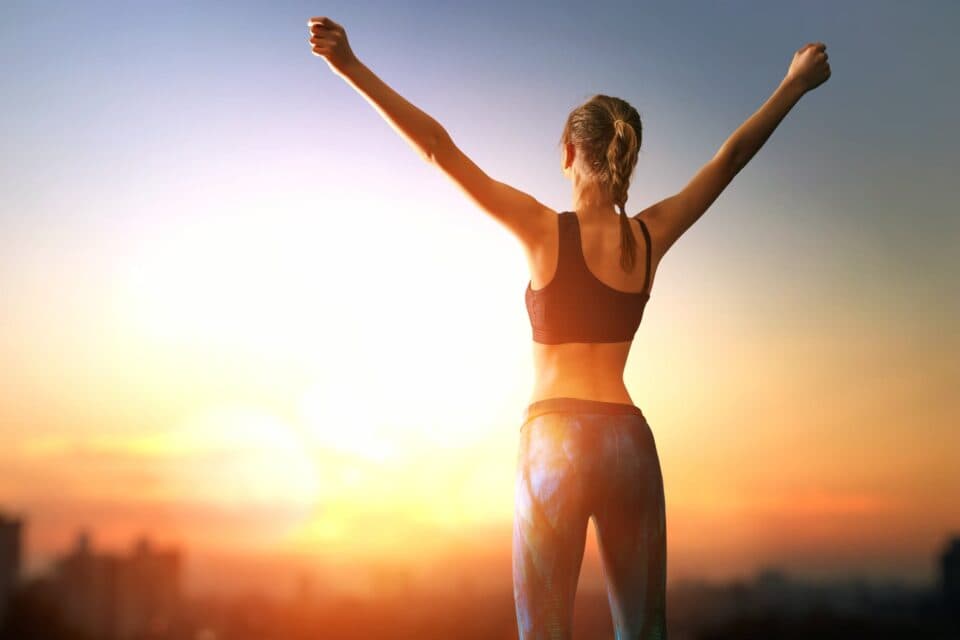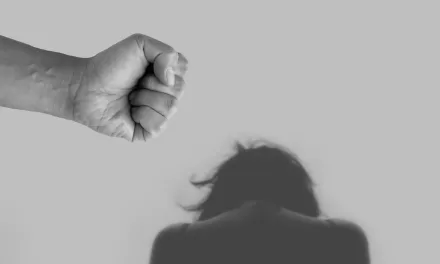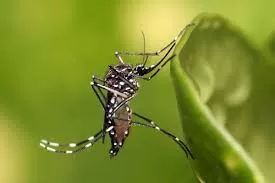Health practitioners and fitness enthusiasts have long extolled the virtues of regular physical activity for its myriad health benefits, from warding off chronic diseases like cardiovascular issues and diabetes to boosting immune function and mental well-being. Despite these well-documented advantages, a staggering three-quarters of adults in the United States fall short of recommended exercise levels, highlighting a critical public health challenge.
Recent research, however, suggests that exercising in natural settings such as parks and trails could significantly amplify these benefits. Jay Maddock, from Texas A&M University’s School of Public Health, and Howard Frumkin, of the Land and People Lab, delved into the impact of natural environments on physical activity. Their study, published in the American Journal of Lifestyle Medicine, underscores how parks and green spaces not only promote physical activity but also enhance mental health and community well-being.
“People generally enjoy being outdoors, with parks, trails, and community gardens being the most popular venues,” Maddock observed. Factors like well-maintained facilities, safety perceptions, and a sense of connection to nature play crucial roles in encouraging regular visits and physical activity engagement in these settings.
However, access to these spaces varies widely across demographics and geographic regions. Urban areas typically enjoy better park access compared to rural counterparts, which often contend with limited availability due to more privately owned land. This disparity underscores broader issues of equity and access, especially for marginalized communities.
“For example, nearly 98 percent of Illinois residents live within half a mile of a park, compared to only 29 percent in Mississippi,” Maddock noted, highlighting geographical discrepancies in park accessibility.
Moreover, demographic disparities in park usage persist, with studies revealing that men are more likely than women to utilize these spaces for exercise. Additionally, factors such as historical discrimination and inadequate infrastructure pose barriers for communities of color, immigrants, elderly individuals, and those with disabilities.
In response to these challenges, Maddock and Frumkin propose several strategies for health professionals to promote outdoor physical activity. These include “prescribing” nature exposure to patients, modeling outdoor engagement themselves, supporting community initiatives, and advocating for park development and maintenance funding.
“Nature prescriptions, or ‘ParkRx,’ show promise in promoting physical activity among patients,” Maddock explained, emphasizing the efficacy of such approaches. “Healthcare providers can also lead by example, actively engaging in outdoor activities to inspire healthier behaviors.”
Initiatives like Houston’s Be Well Communities illustrate the potential of community-driven efforts supported by healthcare institutions to enhance park utilization and public health outcomes.
“Ensuring that parks are safe, accessible, and well-programmed is crucial,” Frumkin added, stressing the importance of inclusive park planning to foster broad community engagement.
As the nation grapples with rising health concerns exacerbated by sedentary lifestyles and limited outdoor exposure, leveraging natural settings for physical activity emerges as a potent strategy. By bridging healthcare with community and environmental stewardship, Maddock and Frumkin advocate for a holistic approach to public health that integrates nature’s therapeutic benefits with preventive care strategies.
“Incorporating parks and natural settings into health promotion efforts could be a game-changer,” Maddock concluded. “It’s a dual opportunity to promote physical activity and reconnect people with the outdoors, addressing critical health challenges facing our society today.”
Their research underscores not just the health benefits of outdoor exercise but also the profound potential of nature to inspire healthier, more active lifestyles for all Americans.












